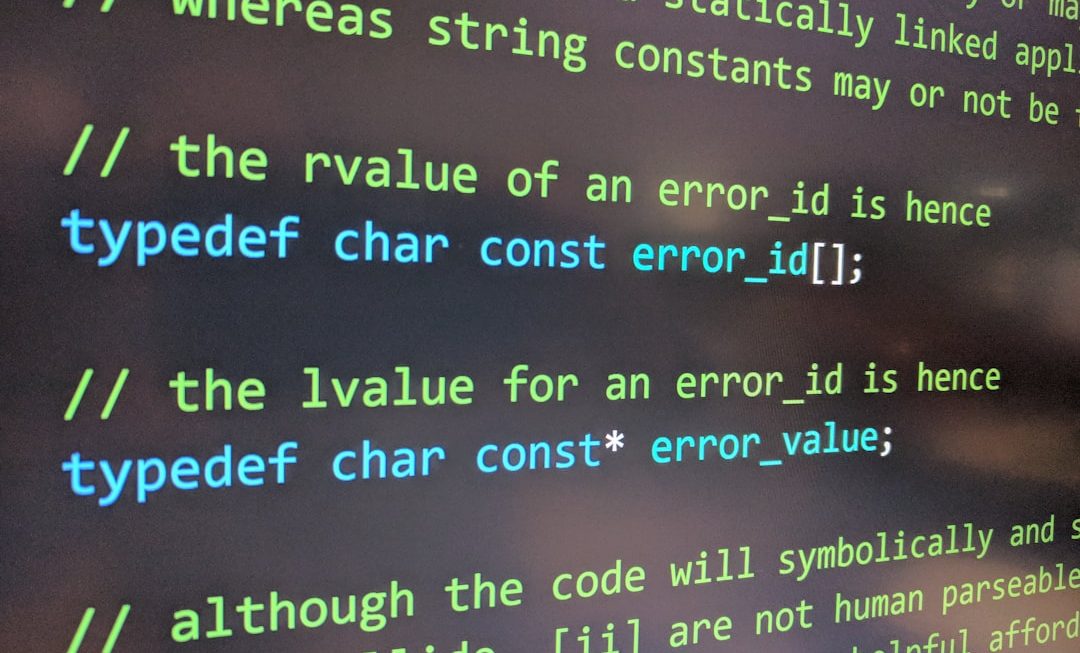In the age of intelligent search, digital marketers, content strategists, and SEO professionals are grappling with the ever-evolving roles of Featured Snippets and the new paradigm of AI Overviews. As search engines become increasingly conversational and integrated with artificial intelligence, traditional methods of measuring search performance are no longer enough. To navigate this shift, organizations need a resilient and insightful KPI Framework that not only keeps up with these developments but also anticipates how search visibility is being redefined.
Understanding Featured Snippets and AI Overviews
Featured Snippets have long been a coveted position in search engine results pages (SERPs), often referred to as “position zero.” They are designed to provide direct answers to user queries pulled from webpages, typically formatted in paragraphs, lists, or tables. For marketers and SEO experts, securing a Featured Snippet means more visibility, increased authority, and potentially higher click-through rates (CTR).
Meanwhile, AI Overviews—also known as “search generative experiences” or SGE—represent the emergence of AI-driven content syntheses at the top of SERPs. Leveraging generative AI models, these overviews highlight aggregated insights across multiple sources, often answering user queries directly without a click-through. This evolution introduces both opportunities and challenges when measuring performance and visibility.

The Need for a New KPI Framework
Traditional SEO and performance metrics such as ranking position, organic traffic, and CTR are increasingly insufficient in a SERP landscape reshaped by algorithm-driven, AI-powered summaries. While these KPIs still matter, a more nuanced and multidimensional framework is crucial for tracking impact accurately in 2024 and beyond.
The updated KPI framework must reflect how AI and Featured Snippets work, how they respond to user intent, and how content is surfaced (or overshadowed) in AI-overview-rich search environments. This includes understanding user engagement signals, brand presence in AI-generated outputs, and continual optimization for both structured and unstructured data formats.
Core KPIs in the Evolving Search Ecosystem
To build a modern and effective KPI framework tailored to Featured Snippets and AI Overviews, consider including the following key performance indicators:
- Snippet Acquisition Rate: The percentage of total target queries where your content earns a Featured Snippet. This metric reveals your domain’s authority and formatting effectiveness.
- AI Overview Impression Share: A new but essential metric. Monitor how frequently your brand or content is cited or referenced in generative AI overviews, using tools or manual tracking until analytics mature.
- Semantic Optimization Score: An internal or third-party derived score indicating how well your content aligns with conversational and semantic search models. Adaptation to NLP paradigms is crucial.
- Click-Through Rate (CTR) From Rich Results: While Featured Snippets might reduce clicks due to zero-click behavior, monitoring CTR trends can illustrate shifts caused by AI summarization models.
- User Dwell Time and Engagement: Evaluate how deeply users engage with your website post-click, signaling content depth and relevance—factors also considered by AI models in surfacing content.
- Brand Citation Frequency: Track how often your brand appears in AI-generated summaries or knowledge modules, reinforcing topical authority.
Featured Snippets: Beyond the Metric
While visibility in Featured Snippets is important, the focus should also be on optimizing the content architecture that wins these positions. Structuring pages with clear headers, schema markup, and direct question-answer formats enhances your reach. Additionally, leveraging FAQ schema and conversational patterns increases your chance of being favored by machine learning models assessing answer quality.
Remember, high-quality snippet optimization helps feed AI Overviews as well. Every snippet earned is a potential input for Google’s AI-generated summaries.
Measuring AI Overview Impact
As AI Overviews continue rolling out, new approaches are needed to assess visibility and impact. Unlike traditional SERPs, AI Overviews may not universally link to the sources they cite or may credit multiple sources simultaneously. This makes measuring success less tangible but still defensible.
Recommended Measurement Tactics:
- Manual Inclusion Logging: Periodically search for branded and non-branded terms in incognito or clean browser states. Take screenshots and record positions where your brand appears in AI Overviews.
- Content Attribution Monitoring: Use branded queries or site-specific searches to gauge where AI is pulling information. Tools like Google Search Console or Ahrefs may eventually include AI inclusion metrics, but for now, team-wide tracking is advised.
- User Journey Mapping: Integrate data from analytics platforms with session tracking to understand the journey from AI Overviews to site engagement. Mapping high-intent keywords to user paths can uncover attribution even from indirect clicks.
Adapting Your Content Strategy
To stay competitive, your digital strategy must evolve beyond keywords to meet the requirements of AI comprehension. Focus efforts on these essential aspects:
- Topic Clustering: Build large thematic content clusters around core keywords. This helps AI understand the context and depth of your subject matter expertise.
- Conversational Delivery: Adopt a natural language tone in content, reflecting how people speak and ask questions. Optimize for queries reflective of voice search and large language model interactions.
- Data-Rich Content: Incorporate graphs, citations, quantitative insights, and quotes that provide AI engines with “decision-worthy” context to favor during content aggregation.
- High E-E-A-T Signals: Ensure your content demonstrates Expertise, Experience, Authoritativeness, and Trustworthiness—factors that influence your inclusion in both snippets and AI summaries.
Monitoring Changes Over Time
One of the most important qualitative aspects of your KPI framework should be benchmarking over time. The search landscape is too dynamic for static measurement. Create snapshots every 3–6 months to evaluate shifts in Featured Snippet counts, AI presence, and performance trends accordingly.
Use A/B testing and content iterations to track how changes in formatting, schema usage, and authority cues influence your visibility. This helps maintain agility and accountability within your digital marketing operations.
Integrating Technology and Reporting Solutions
Given the layered nature of this new landscape, your analytics stack must be equipped to handle multiple data sources and content signals. Platforms that support AI awareness and provide page-level insights are becoming increasingly important.
Recommended tools and approaches:
- Google Search Console (combined with manual monitoring) to detect visibility patterns.
- SEMrush & Ahrefs for SERP features and Featured Snippet tracking.
- Screaming Frog & Sitebulb for structure and schema auditing.
- Custom Data Studio Dashboards to blend AI footprint tracking with traditional KPIs in a centralized hub.
Conclusion: A Forward-Looking KPI Ethos
The integration of AI Overviews into the search ecosystem is not the end of traditional SEO—it’s a transformation. By updating your KPI framework to include both actionable Featured Snippet metrics and emergent AI impact indicators, you position your brand to lead in authority, visibility, and relevance.
Measuring what matters means balancing structured insights with the fluidity of AI ecosystems. Marketers must not only analyze where they appear but understand how and why their content is chosen. This translates to more intelligent forecasting, proactive optimization, and sustainable online growth in an era shaped by both AI and experience-first paradigms.
Whether you’re optimizing a global website or a targeted campaign, the synergy between content structure, trust signals, and intelligent analytics will define your success in capturing the AI-enhanced web of tomorrow.




